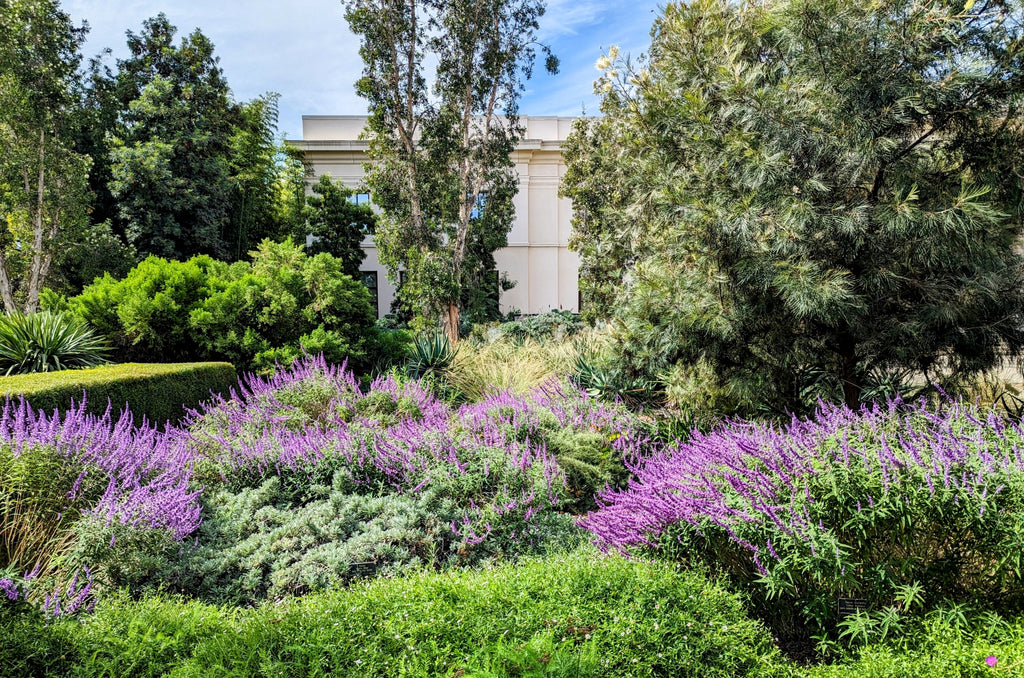
The Huntington was once a working ranch but now encompasses a world-renowned research library, an art museum, and world-class botanical gardens. We took a walk through the institution's plant collection and had to share some of the plants we encountered.


Cacti & Succulents
For fans of cacti and succulents, the Huntington has plenty of mature plants to inspire. From columnar species to mounding ones, Agave to Crassula, we encountered some of the coolest combinations of arid plants.




Epiphytic cacti
Here at Pistils, we love epiphytic, climbing, and jungle cacti. Many genera fall under this category: Rhipsalis, Hatiora, Epiphyllum, Selenicereus, Schlumbergera, and more. These cacti make forgiving houseplants, as they are generally more tolerant of lower light, infrequent watering, and variable levels of humidity. We found some examples of cactus species climbing trees and making a home high in the canopy.


Big, Leafy Aroids


Thaumatophyllum can thrive in full-sun conditions with enough access to water, but they grow just fine in shady conditions. The plants featured in the Huntington are likely T. speciosum or T. × evansii.


Monstera deliciosa do best in bright, indirect light, climbing a vertical surface—in this case, a tree. As a houseplant, we use a moss pole or trellis to get bigger leaves. Also, notice that these plants experience some direct sun, low humidity, temperature fluctuations, and slight drought; the brown tips are scars that don't affect the future growth of the plant.
Mature Staghorns
The gardens are home to beautiful Platycerium specimens. In Portland, we grow staghorn ferns as houseplants, mounted on cork bark and cedar boards, but in Southern California, these plants can thrive outdoors all year with a little shade and regular watering.

Platycerium bifurcatum grows pups and offsets as it gets larger. These pups could be separated and grown as separate plants or left as a large clump.

Platycerium superbum is one of the “moosehorn” ferns. This plant doesn’t produce pups like Platycerium bifurcatum and grows mostly shield fronds until it reaches maturity.
Bonsai
The Huntington Gardens has an impressive and well-maintained bonsai collection. Even common garden staples like rosemary and ginkgo are transformed into beautiful works of art.



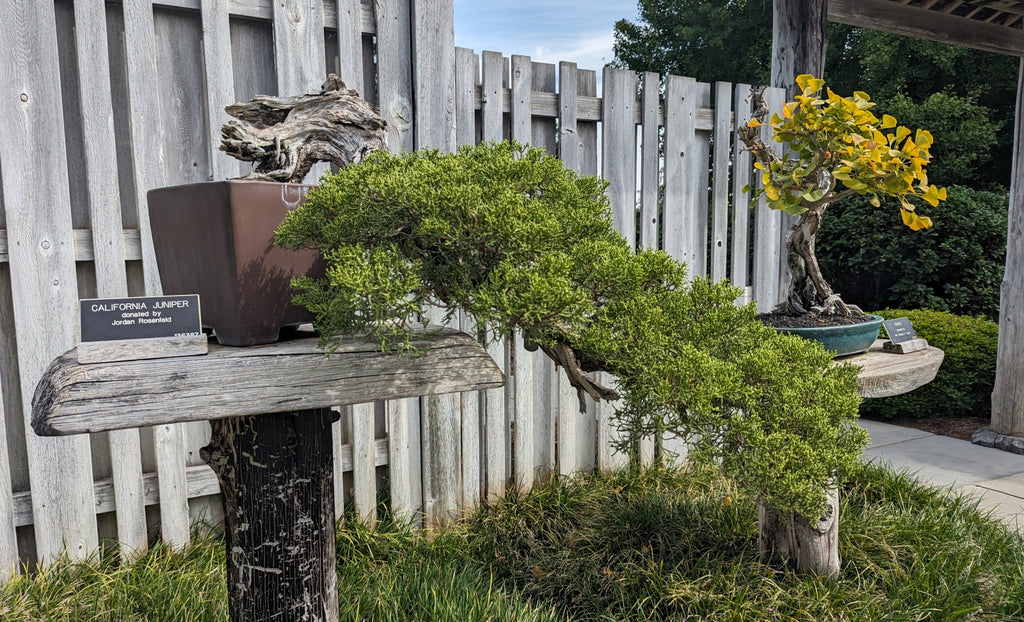

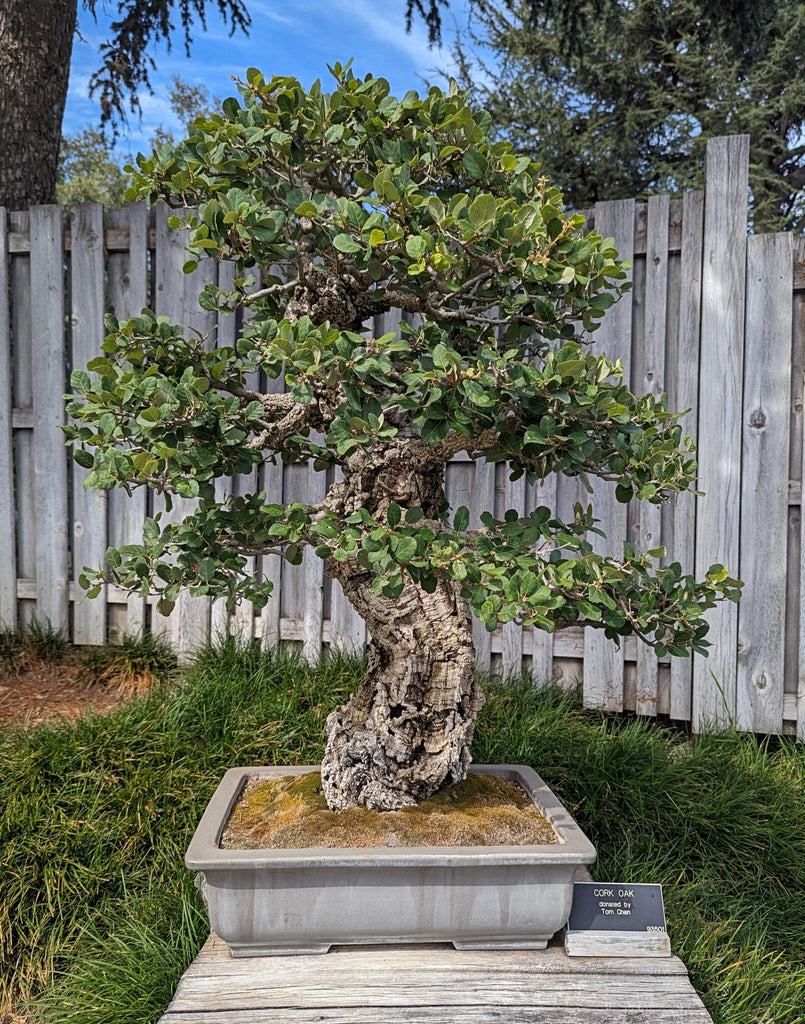
Giant Pachycauls & Caudiciforms
The Huntington has an unusual collection pachyforms that show the giant potential of these strange plants.
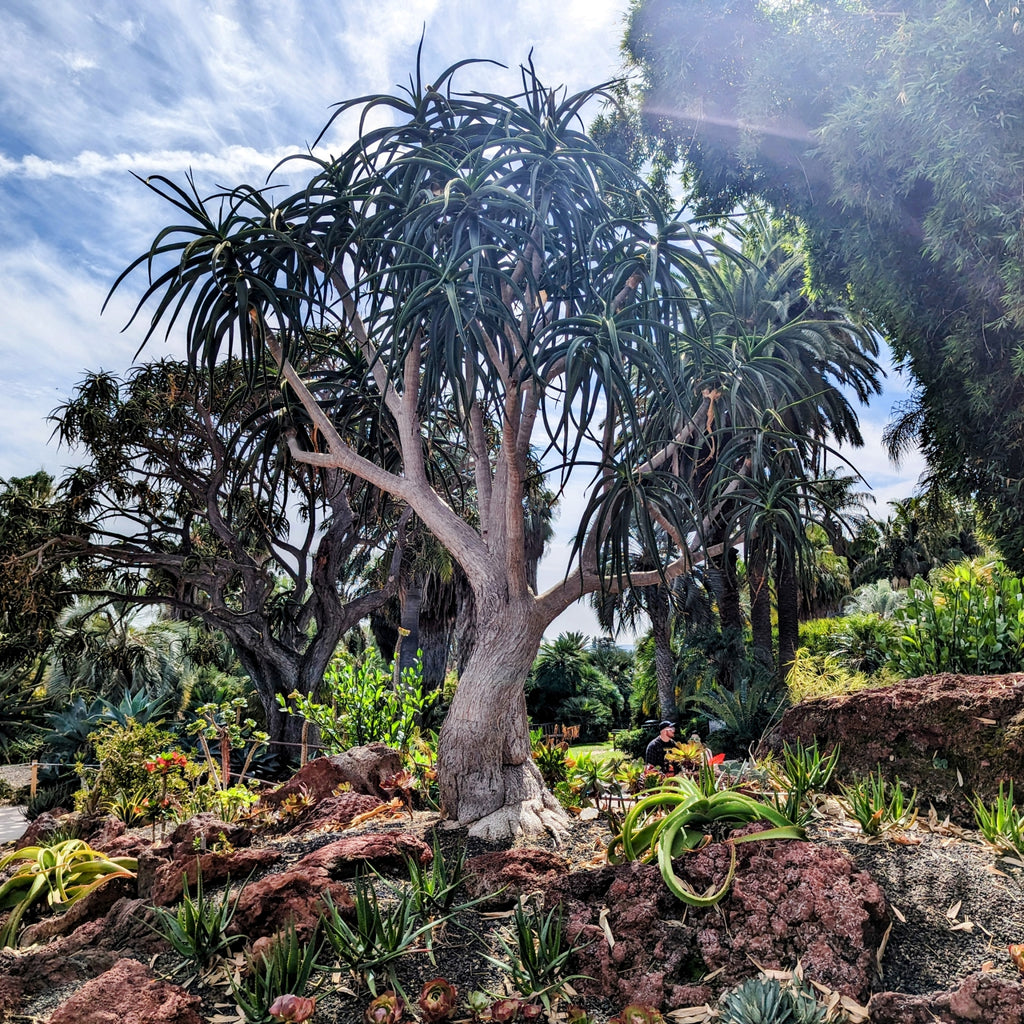

Tree Aloes are related to the medicinal Aloe vera, but they form a trunk as they grow taller and shed their lower leaves.
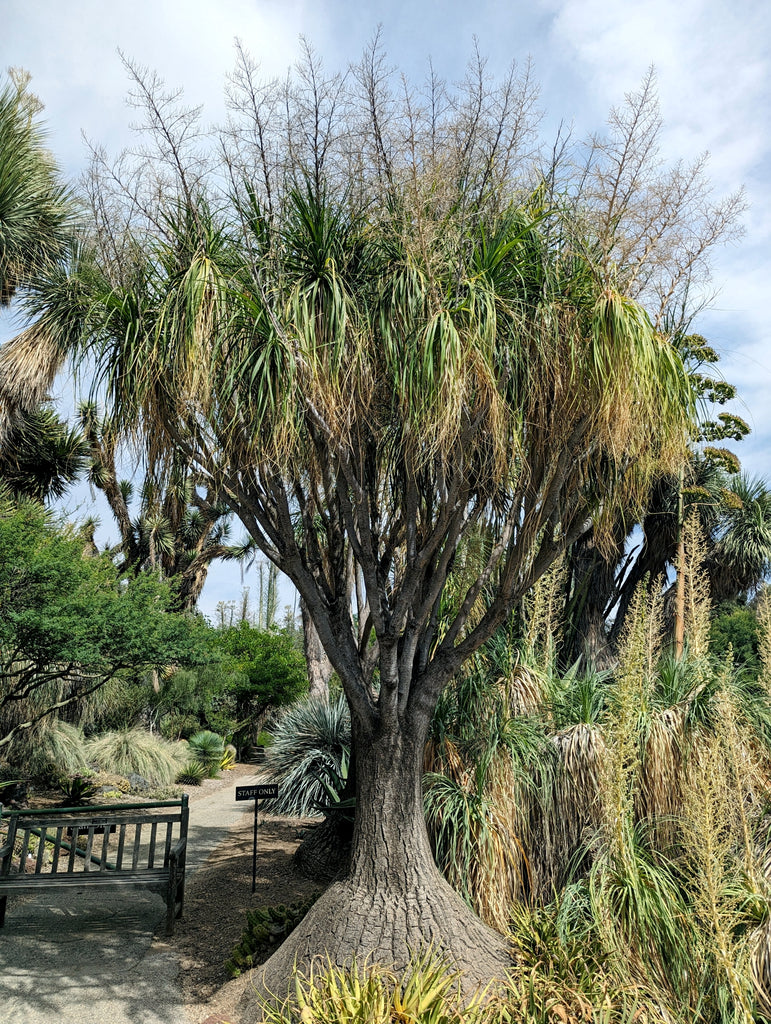
Ponytail palms are common houseplants, but this Beaucarnea demonstrates how big they can get in ideal conditions.
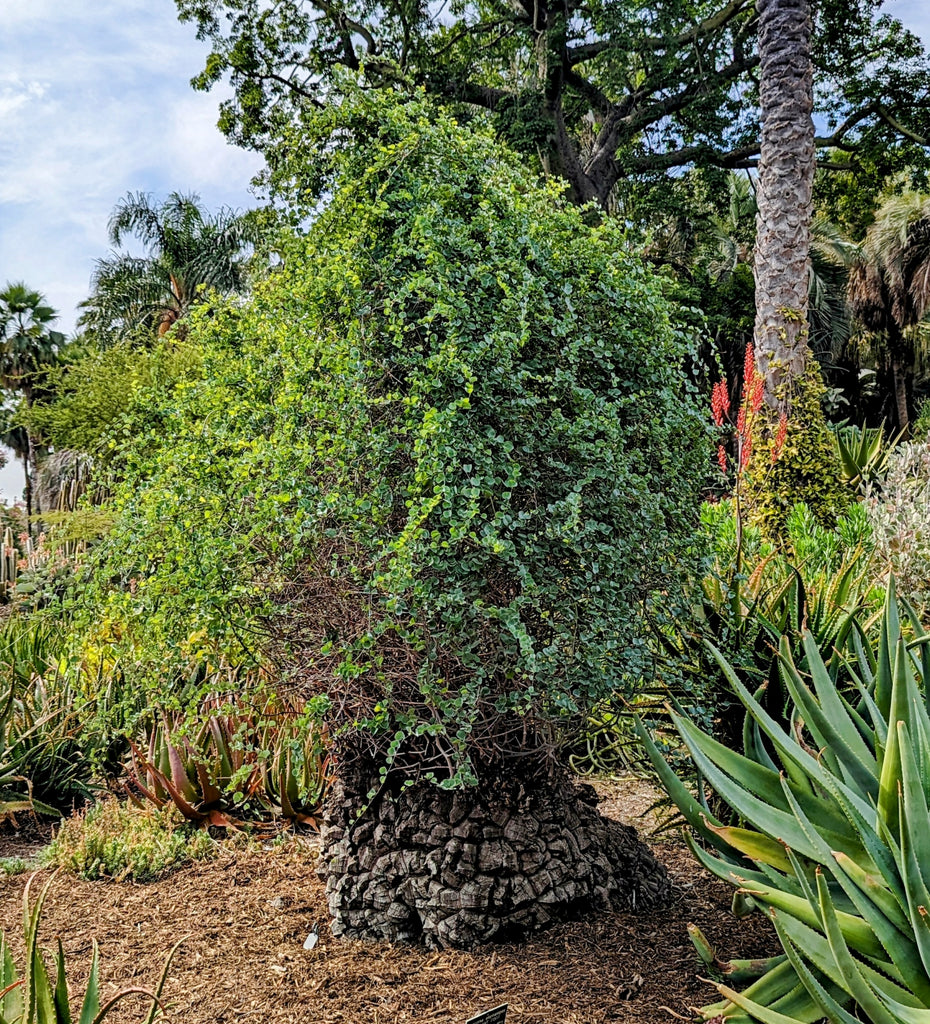
Dioscorea elephantipes is a winter-growing caudiciform often called “Elephant’s Foot” because of the lumpy texture of the caudex.
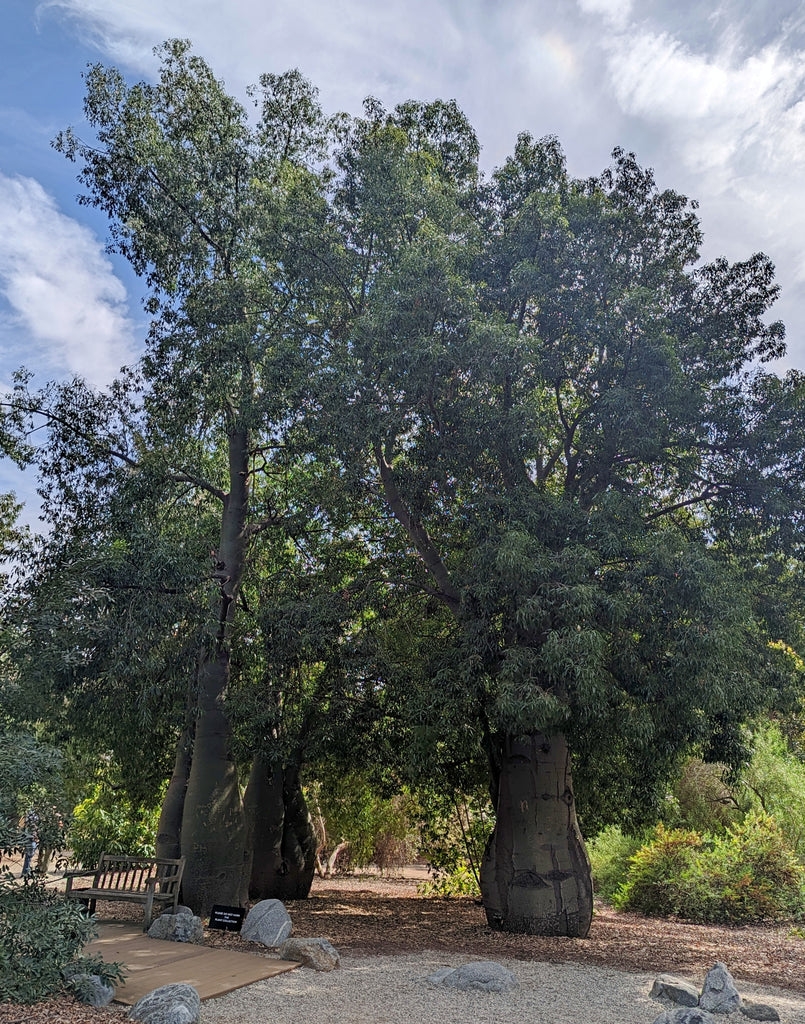
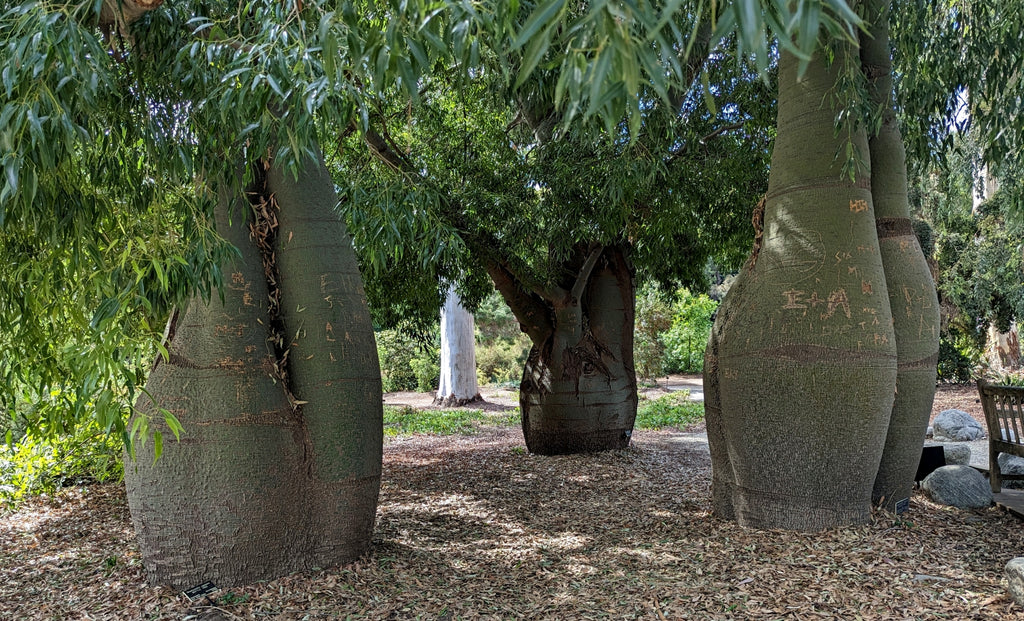
Although the Queensland Bottle Tree makes a great houseplant and a fun bonsai specimen, Brachychiton rupestris can become a huge tree with a swollen base with enough heat and light.

Dracaena draco, called Dragon Tree, is closely related to the houseplant Dracaena marginata.
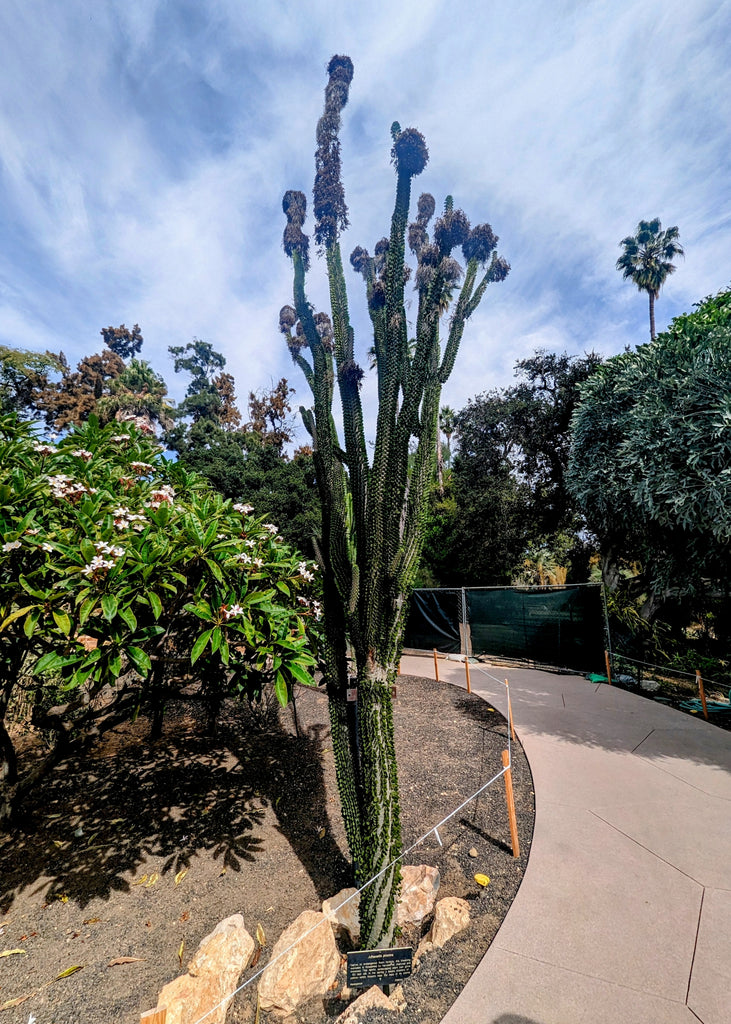
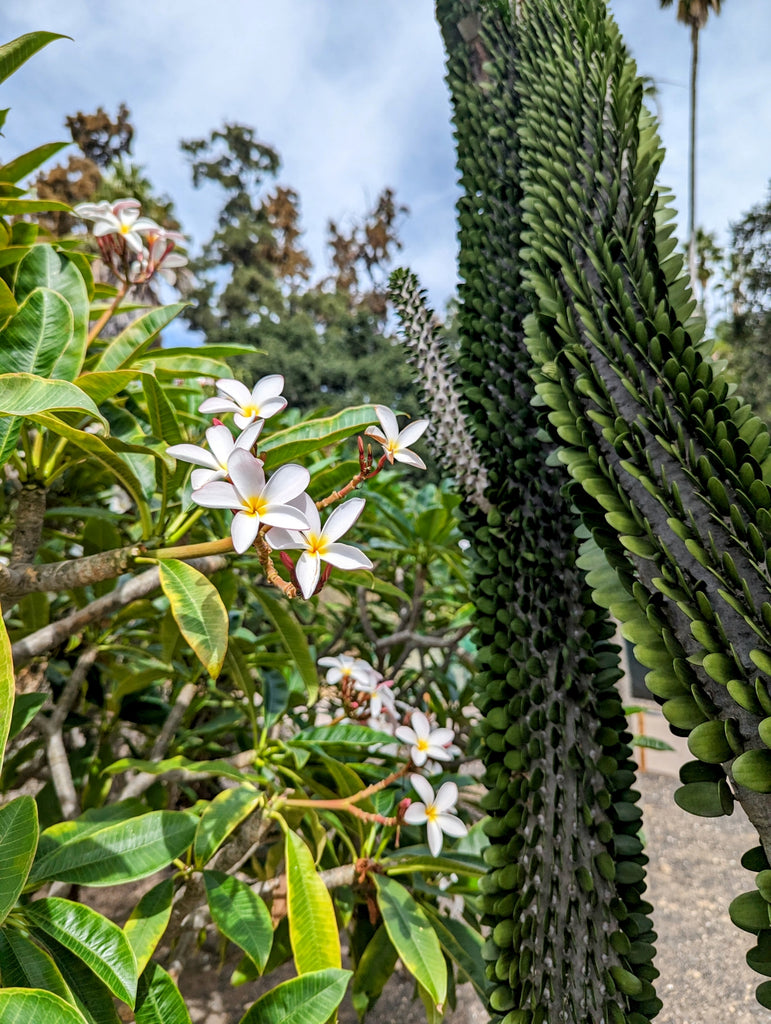
Alluadia procera has a thick, water-storing trunk with succulent leaves tucked between its spines. Although often called "Madagascar Ocotillo," this plant is not related to the Southwestern-native Ocotillo (Fouquieria splendens).
We loved seeing the amazing plants throughout the Huntington Botanical Gardens. Where should we visit next?
